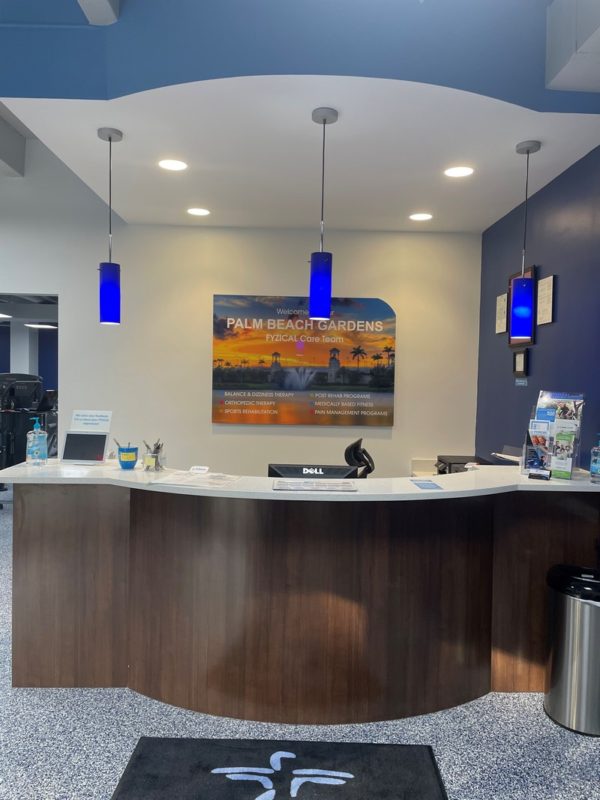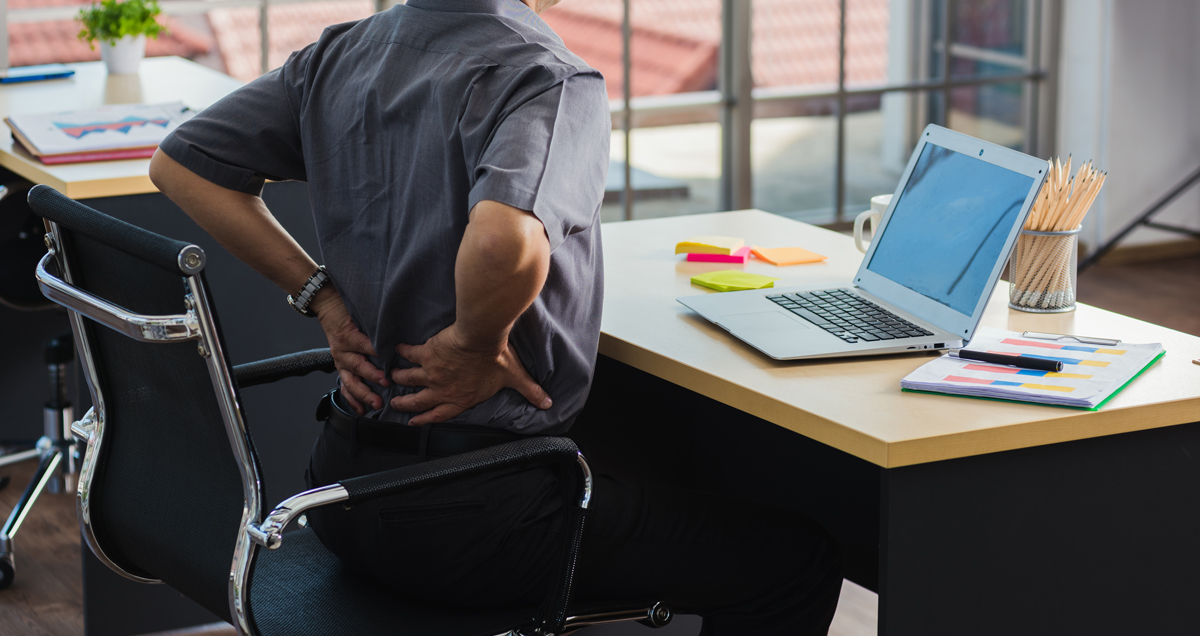Organizing an office can be a daunting task, but with a little planning and the right tools, it can be done efficiently and effectively. By taking the time to properly organize your office, you can create a more efficient, comfortable and effective work environment.
Here are some tips for organizing and making your office more comfortable:
- Start by decluttering. Go through your office and get rid of anything that is no longer needed or used. This includes old documents, broken equipment, and anything else that is taking up unnecessary space.
- Create a filing system. Properly organizing your documents is crucial for running a smooth and efficient office. Use file folders, file cabinets, and label makers to create a system that works for you.
- Organize your supplies. Keep your supplies organized and easily accessible by using storage bins, shelves, and cabinets. Consider using color-coded labels or tags to help you quickly find what you need.
- Use technology to your advantage. There are many tools and software programs available that can help you organize and manage your office more effectively.
- Find a comfortable chair to prevent back pain. When choosing an office chair to prevent back pain, it’s important to look for a chair that provides good lumbar support. This means the chair should have a curved design that conforms to the natural shape of the lower back. The chair should also be adjustable, so you can adjust the height and tilt of the seat and backrest to find the most comfortable position. Look for a chair with a high backrest that supports the natural curve of the spine, and make sure the seat is wide enough to comfortably support the hips and thighs. Consider a chair with adjustable armrests, as well, to reduce the strain on shoulders and neck. Additionally, look for a chair with good quality construction and materials, as this can help ensure that it will provide long-term support.
- Find a good mouse to prevent hand fatigue. When choosing a mouse to prevent hand pain from overuse or arthritis, it’s important to look for a mouse with a comfortable and ergonomic design that fits well in your hand. A mouse with a contoured or ergonomic shape can help reduce the strain on your hand and wrist. Additionally, look for a mouse with a low-force button design, meaning that the buttons require minimal pressure to activate, this can help reduce the strain on your fingers. You can also consider the cursor speed and sensitivity of the mouse, as a cursor that moves too quickly or too slowly can be difficult to control, causing more strain on your hand. Lastly, consider a wireless mouse as it eliminates the need for a cord and allows for more freedom of movement, reducing the strain on your hand and wrist.
- Maintain good posture while sitting at your desk. Maintaining good posture while sitting at your desk is important for maintaining a healthy back and reducing the risk of pain and injury. Good posture involves sitting with your shoulders back, your chest out, and your head held high. Your feet should be flat on the floor and your hips should be slightly higher than your knees. Your arms should be bent at a 90-degree angle with your elbows close to your body and your wrists in a neutral position. This will help reduce the strain on your back, shoulders, and neck and will improve your overall comfort while sitting at your desk. It’s important to take frequent breaks and stretch to maintain a good posture throughout the day.
By following these tips, you can create a well-organized and efficient office space that runs smoothly and effectively. With a little bit of planning and the right tools, you can create a work environment that is both functional for less work hours and fatigue.


